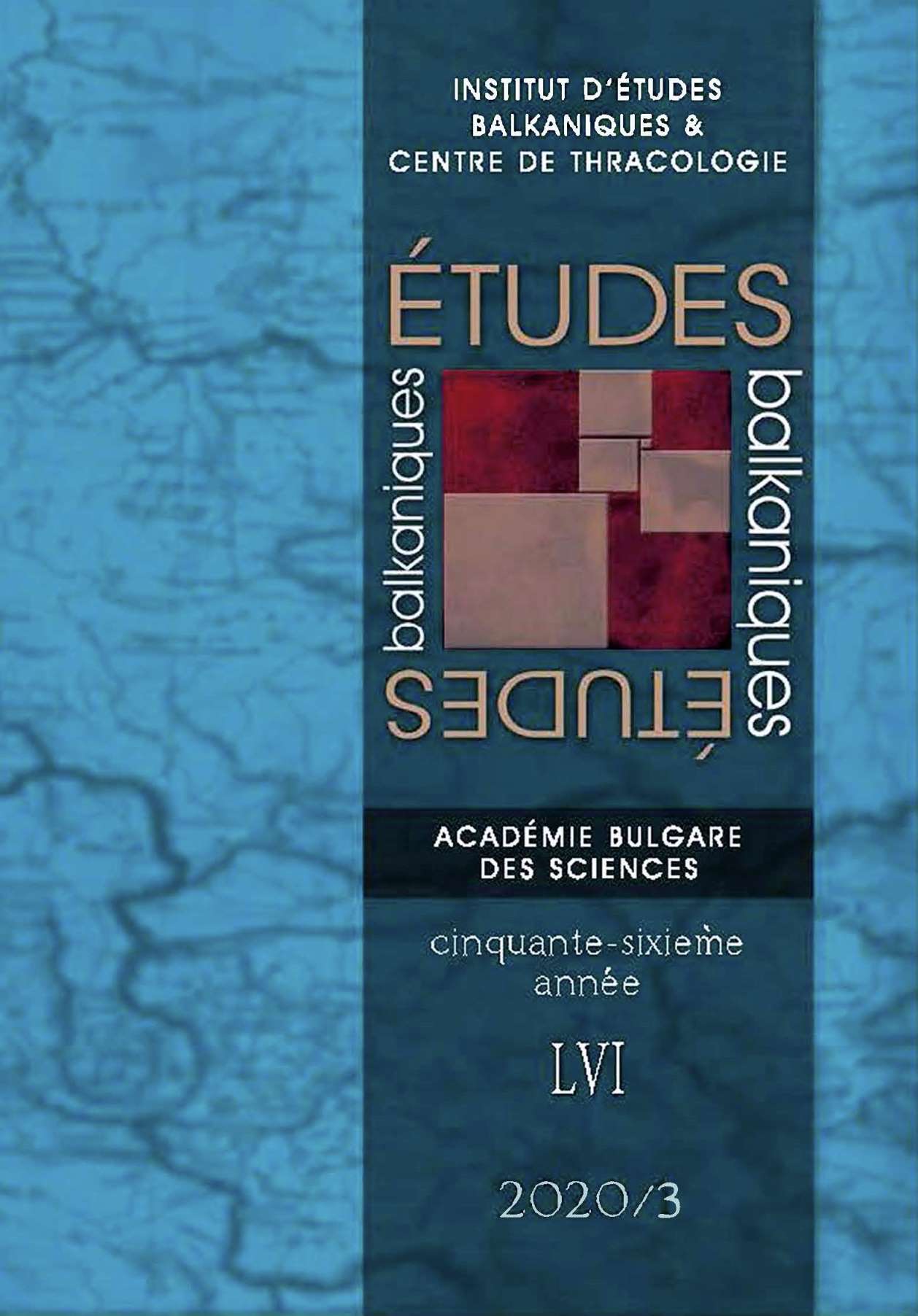THE ROLE OF SOFU MEHMED PAŞA’S COMPLEX IN THE URBANIZATION AND ESTABLISHMENT OF SOFIA AS AN ADMINISTRATIVE CENTRE IN RUMELI
THE ROLE OF SOFU MEHMED PAŞA’S COMPLEX IN THE URBANIZATION AND ESTABLISHMENT OF SOFIA AS AN ADMINISTRATIVE CENTRE IN RUMELI
Author(s): Paulina AndonovaSubject(s): History, Economy, National Economy, Ethnohistory, Local History / Microhistory, Social history, Modern Age, Special Historiographies:, 16th Century, The Ottoman Empire
Published by: Институт за балканистика с Център по тракология - Българска академия на науките
Keywords: Black Mosque Külliye; Zâviye of Bali Efendi; Sofia; Urbanization; Mahalle.
Summary/Abstract: The Ottoman sources give evidence about the role of the Black Mosque complex (nowadays the church “Sv. Sedmochislenitsi”) in the urbanization of Sofia and the establishment of the city as an important economic, political and religious centre in the Balkans. It was constructed in 1548 by the donation of the Ottoman vizier and Rumeli beylerbey Sofu Mehmed Paşa and designed by the great architect Mimar Sinan. Located on the periphery of the city, in the valley (dere), called Pınarcık, between the modern Graf Ignatiev Street (Samokovsko chaussée) and Tsarigradsko Chaussée Boulevard (the Road of the Ghazis), the complex of Sofu Mehmed Paşa was constructed on an empty site. The zâviye of the famous Halveti Şeyh Bali Efendi also emerged along the Samokovsko chaussée in the 1540s. The building of the Black Mosque külliye and the zâviye led to the settlement of Muslim population in the empty plot around the two cult centres and resulted in a new neighborhood formation called Imaret Mahalle. This study aims at tracing the stages of utilization of the extra-urban space of Sofia towards the 1540s, emphasizing the interaction between the Rumelian beylerbey and vizier and the Halveti Şeyh in the context of the religious policy of the Ottoman authorities.
Journal: Études balkaniques
- Issue Year: 2020
- Issue No: 3
- Page Range: 539-562
- Page Count: 24
- Language: English
- Content File-PDF

